15 Photos that will make you want to visit Japan
15 Photos that will make you want to visit Japan
Inhabited for tens of thousands of years, Japan — known as The Land of the Rising Sun — is a country where ancient traditions blend seamlessly with futuristic innovation. From venerable Buddhist temples and Shinto shrines tucked into bustling Tokyo streets to high-speed trains gliding past snow-capped peaks, Japan is a destination that delights at every turn.
Whether you’re soaking in a mountain onsen, skiing through powder-drenched slopes, or exploring Kyoto’s tranquil gardens, every moment here feels cinematic.
We’ve hand-picked 15 striking images that capture the spirit and beauty of Japan — from timeless traditions to breathtaking landscapes — and they’re sure to leave you dreaming of your next adventure.
1. Yoshinoyama
For one of Japan’s most iconic springtime scenes, head to Yoshinoyama in the Nara region — a mountainside blanketed with over 30,000 cherry trees that bloom in mesmerising layers from early to mid-April.
To experience it at its most magical, arrive by ropeway just before sunrise, when the first light spills over the ridgelines and a delicate mist begins to lift from the valleys below. At this hour, the crowds are few, the air is crisp, and the view of the sakura-clad slopes stretching into the distance feels utterly timeless.
Whether you're a photographer or simply a seeker of beauty, Yoshinoyama in spring is an unforgettable sight.
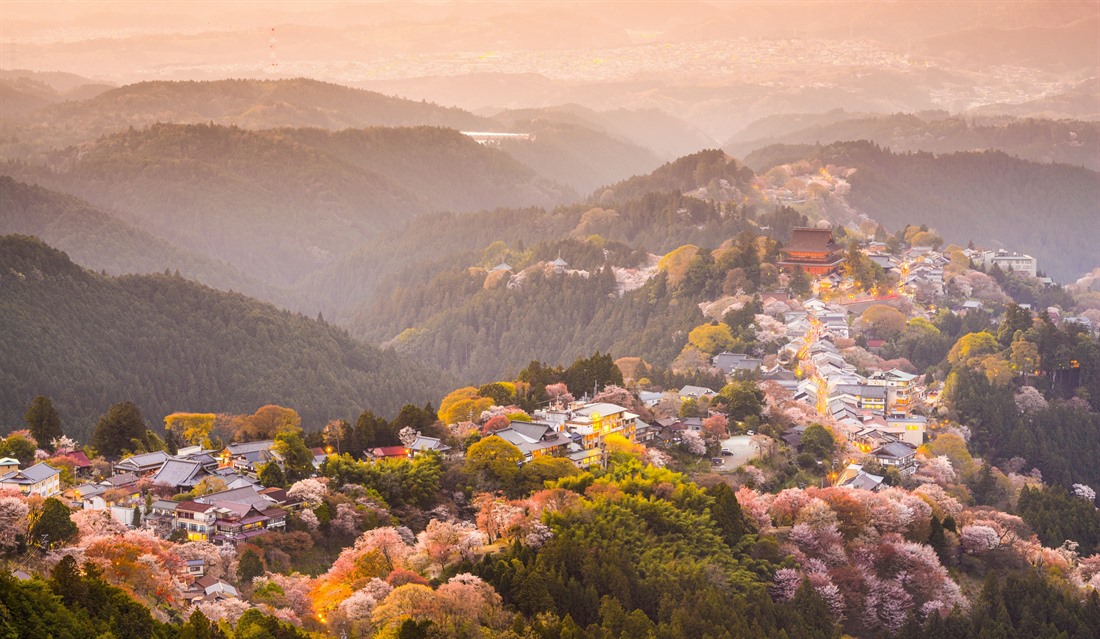 View of Yoshinoyama in the Nara region during spring
View of Yoshinoyama in the Nara region during spring
2. Geishas in Kyoto
Step into old-world Kyoto with a stroll down Hanamikoji Street in the historic Gion district — especially between 5:30pm and 6:30pm during the soft light of spring or autumn. At this golden hour, you’ll have a good chance of glimpsing maiko (apprentice geisha) and geiko as they move gracefully between evening engagements, dressed in ornate kimono and traditional makeup.
It’s a fleeting, magical moment that captures the elegance of a bygone era. Be sure to observe respectfully — and avoid flash photography to preserve the atmosphere and privacy of those you may encounter.
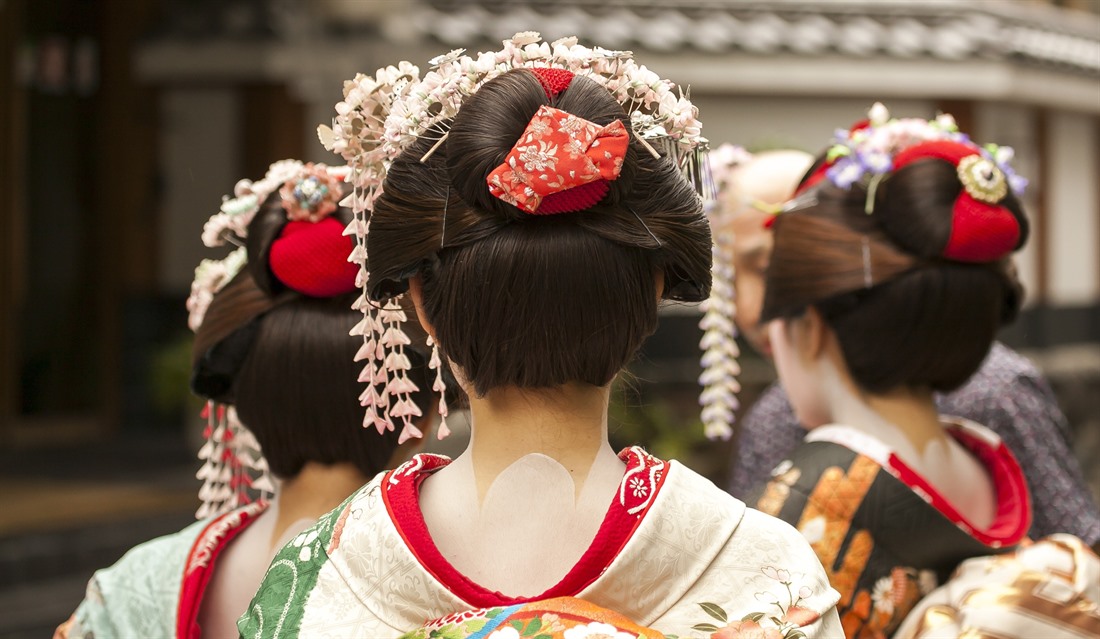 Geishas in Kyoto
Geishas in Kyoto
3. Mount Fuji behind Lake Kawaguchiko
As dawn breaks, Mount Fuji rises in majestic silence behind the mirror-like surface of Lake Kawaguchiko, one of the famed Fuji Five Lakes formed by ancient lava flows. On clear mornings, especially at sunrise, the mountain’s snow-capped peak is reflected almost perfectly in the lake’s still waters — a scene so serene and symmetrical it feels otherworldly.
Whether viewed from the shoreline or a quiet ryokan balcony, this is one of Japan’s most iconic and soul-stirring landscapes.
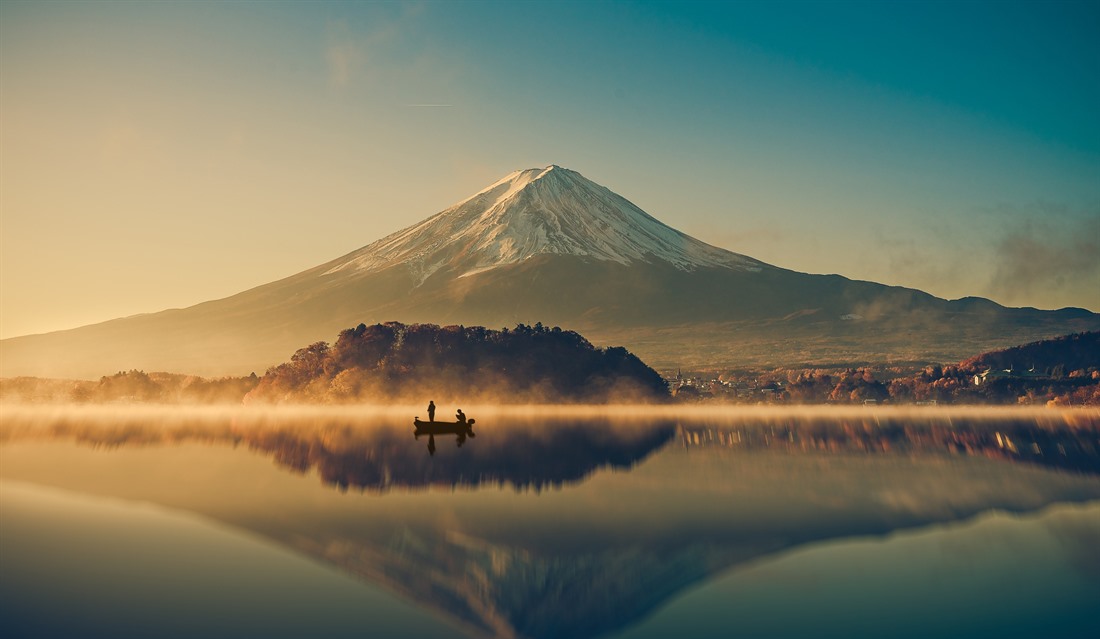 Mount Fuji soars upwards behind Lake Kawaguchiko at sunrise
Mount Fuji soars upwards behind Lake Kawaguchiko at sunrise
4. Hyakkahyakusai Lantern Festival
Held in Yamaga, a charming town in Kumamoto Prefecture, the Hyakkahyakusai Lantern Festival is a glowing celebration of craftsmanship and tradition. Each delicate lantern is hand-assembled from bamboo and handmade washi paper, using spring water sourced locally — a beautiful nod to the region’s natural resources.
As night falls and the lanterns are gently floated onto the river, their warm reflections ripple across the water, creating a scene of quiet, dreamlike beauty that feels both timeless and deeply rooted in Japanese culture.
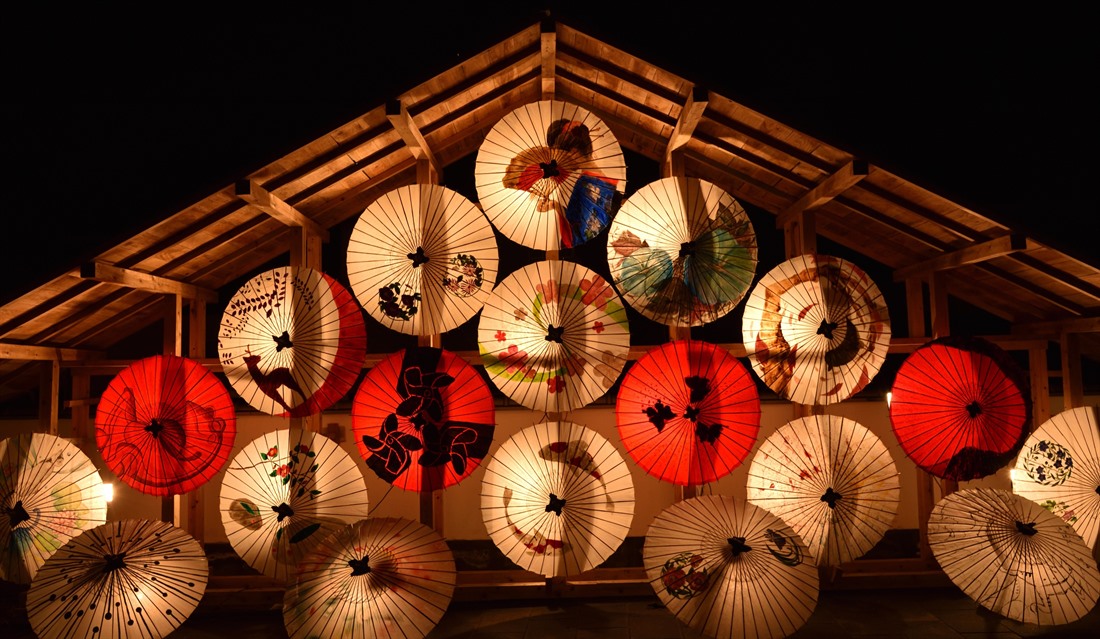 Hyakkahyakusai Lantern Festival in Yamaga, Kumamoto Prefecture
Hyakkahyakusai Lantern Festival in Yamaga, Kumamoto Prefecture
5. Himeji Castle
In spring, Himeji Castle — often called Japan’s most beautiful surviving feudal castle — becomes even more enchanting as over 1,000 cherry trees burst into bloom across its sprawling grounds. The castle’s striking white walls, already known as the “White Heron,” are delicately framed in shades of soft pink, creating a picture-perfect contrast against the clear blue sky.
Located in Himeji, Hyōgo Prefecture, this UNESCO World Heritage Site is a must-see during sakura season, when history and natural beauty come into breathtaking harmony.
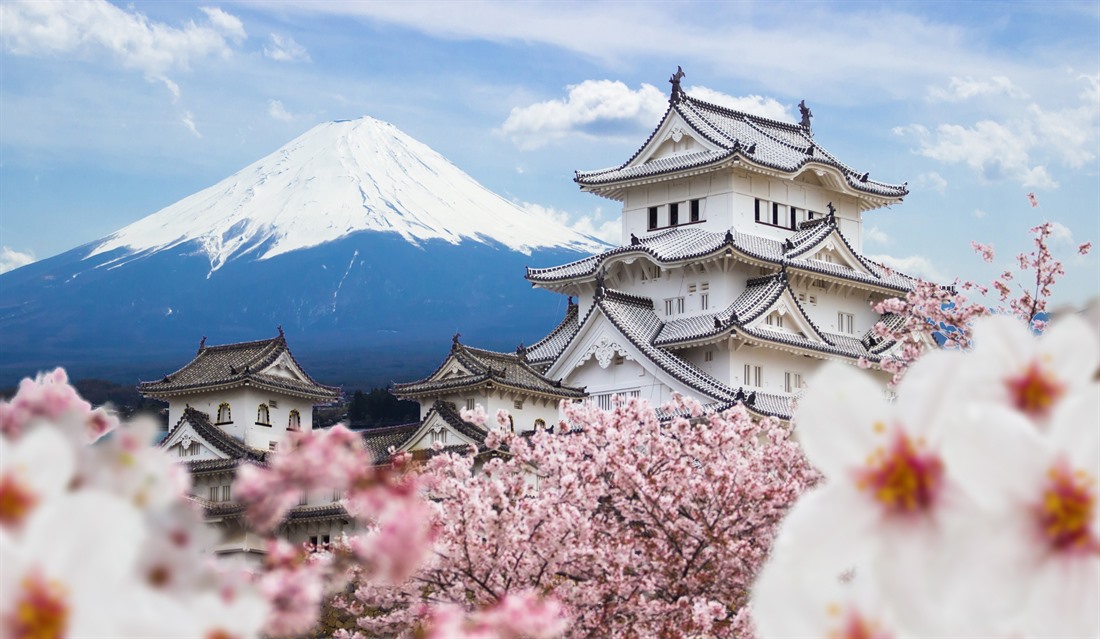 Himeji Castle in Himeji, Hyōgo Prefecture during spring
Himeji Castle in Himeji, Hyōgo Prefecture during spring
6. Jigokudani Monkey Park
Tucked into the snowy mountains of Nagano Prefecture, Jigokudani Monkey Park offers one of Japan’s most charming and surreal winter scenes — wild Japanese macaques, or snow monkeys, soaking contentedly in natural hot springs.
This is the only place in the world where monkeys bathe in onsen as part of their daily winter routine, a behaviour they began in the 1960s after observing humans in nearby baths. With steam rising and snow falling, watching these clever primates unwind in the warmth is a heart-warming highlight of any cold-season visit.
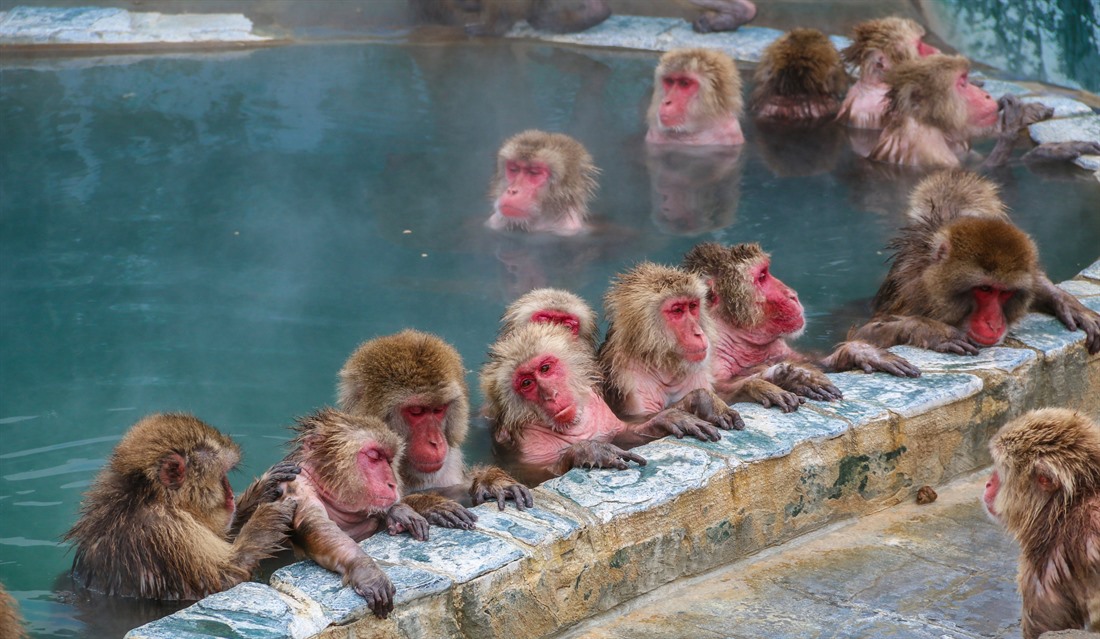 Macaques relax in a hot spring in Jigokudani Monkey Park
Macaques relax in a hot spring in Jigokudani Monkey Park
7. Itsukushima Shrine
One of Japan’s most iconic sights, the torii gate of Itsukushima Shrine on Miyajima Island in Hatsukaichi is a breathtaking blend of spiritual heritage and natural beauty.
At high tide, the vermilion gate appears to float ethereally on the water — a surreal and much-photographed moment. At low tide, you can walk right up to its base, marvelling at its scale and craftsmanship.
For the full experience, stay overnight on the island to enjoy the tranquil atmosphere after the daytrippers have departed, when the shrine and shoreline feel especially serene and otherworldly.
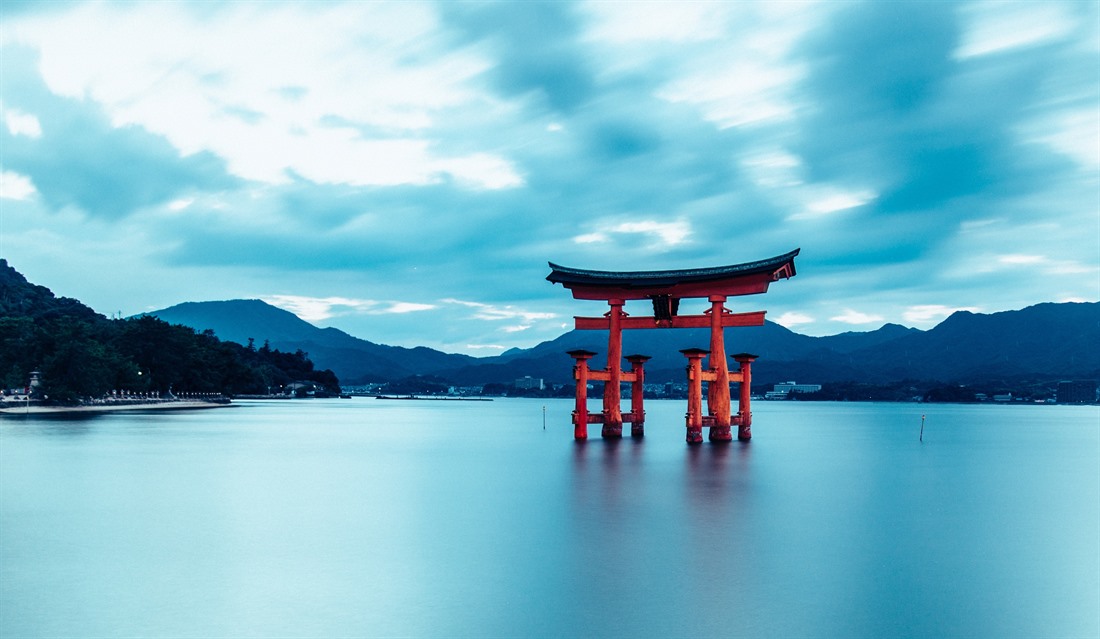 The torii gate of Itsukushima Shrine in Hatsukaichi
The torii gate of Itsukushima Shrine in Hatsukaichi
8. The Rice Terraces Near Maruyama-Senmaida
As the sun sets over the rolling hills of Kumano Prefecture, the rice terraces near Maruyama-senmaida glow with a golden light that perfectly captures Japan’s timeless rural beauty. These stunning terraces, still meticulously maintained by hand, preserve centuries-old farming traditions and showcase the deep connection between nature and community.
Watching the light dance across the layered fields at dusk is a peaceful, unforgettable experience — a quiet reminder of Japan’s enduring respect for heritage and the land.
 Sunset over rice terraces near Maruyama-senmaida in Kumano prefecture
Sunset over rice terraces near Maruyama-senmaida in Kumano prefecture
9. Sumo wrestler
On the final day of a sumo tournament in Tokyo, the tension is palpable as a contestant prepares to face his rival in the ring. More than just a sport, sumo is a ritual steeped in Shinto tradition, where every stomp, salt toss, and gesture carries deep spiritual meaning. Witnessing these moments offers a rare glimpse into Japan’s cultural heart — a powerful blend of athleticism, ceremony, and centuries-old belief.
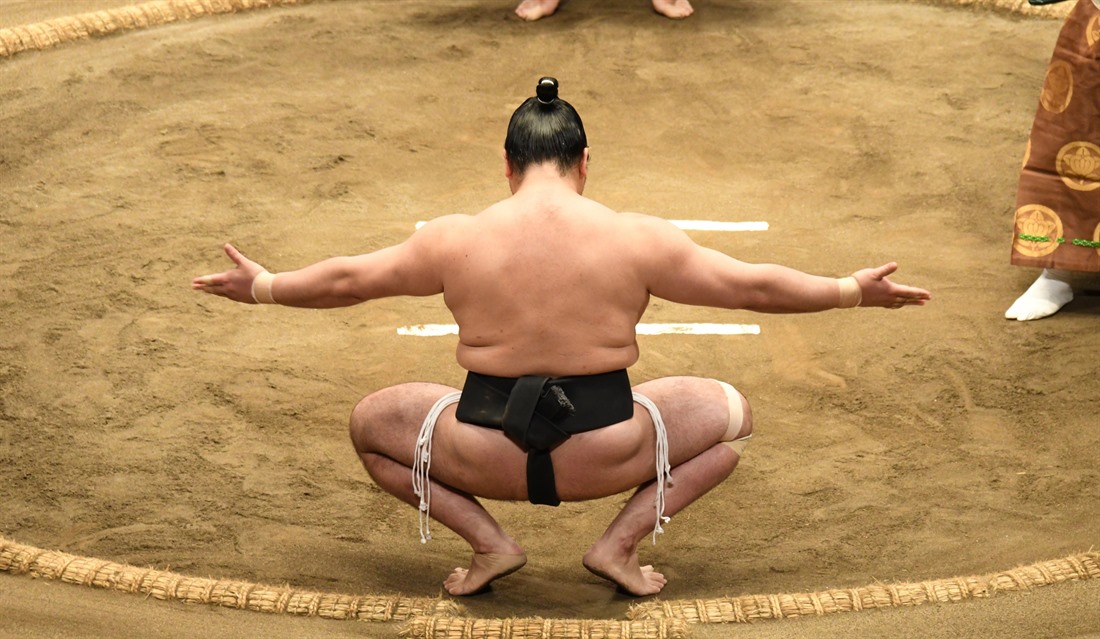 A contestant prepares to take on his rival on the final day of a sumo tournament in Tokyo
A contestant prepares to take on his rival on the final day of a sumo tournament in Tokyo
10. Sushi-Making
A skilled sushi chef, or itamae, carefully puts the final touches on a traditional sushi roll — a craft that can take over a decade to master. In high-end restaurants, only after years of rigorous training is a chef entrusted to handle the fish and shape the rice with precision and care. This dedication to perfection is what makes sushi not just a meal, but an art form deeply rooted in Japanese culture.
 A chef puts the final touches on a traditional sushi roll
A chef puts the final touches on a traditional sushi roll
11. Flower gardens at Shikisai Hill
Nestled in the picturesque landscapes of Biei on Hokkaido, Shikisai Hill is a vibrant tapestry of colour, where vast flower gardens stretch as far as the eye can see.
From spring through autumn, these gently rolling fields burst into bloom with a stunning variety of seasonal flowers — from bright sunflowers to delicate poppies and lavender — creating a living canvas that changes with the seasons.
Whether you explore on foot, by bike, or from a scenic tractor ride, Shikisai Hill offers an uplifting experience that perfectly captures the natural beauty and peaceful charm of rural Japan.
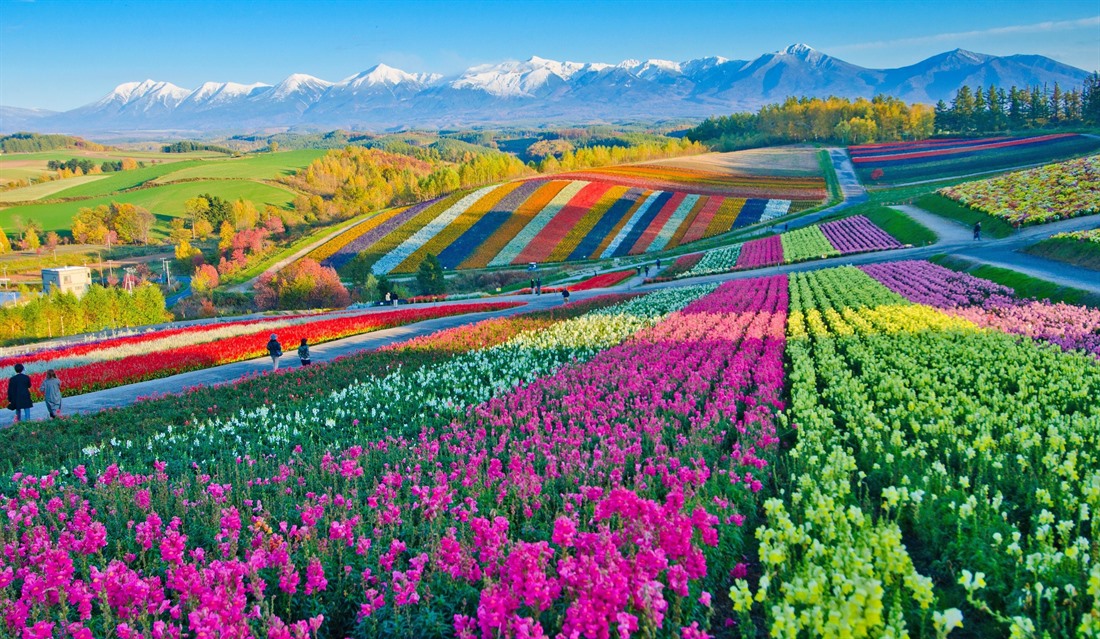 Flower gardens at Shikisai Hill in Biei
Flower gardens at Shikisai Hill in Biei
12. Noboribetsu Valley, Hokkaido
In winter, the snow-covered hills of Noboribetsu Valley in Hokkaido create a striking contrast against steaming vents and sulphurous fumaroles, earning it the dramatic nickname “Hell Valley.”
This volcanic landscape is the source of mineral-rich waters that feed the area’s renowned hot spring baths, widely considered some of the best in Japan for soothing skin and relieving muscle aches. A visit here offers both awe-inspiring scenery and rejuvenating wellness — a perfect combination for travellers seeking nature and relaxation.
 Snow-covered hills in Noboribetsu Valley, Hokkaido
Snow-covered hills in Noboribetsu Valley, Hokkaido
13. Cape of Kamui in Hokkaido
Perched on the rugged coastline of Hokkaido, the Cape of Kamui offers dramatic cliffs and sweeping views over the Sea of Japan.
A favourite for hikers and nature lovers, the cape’s winding trail leads to a lighthouse standing guard against the waves below. The fresh sea air, crashing surf, and panoramic vistas combine to create a truly wild and unforgettable experience — especially on clear days when you can see for miles across the sparkling waters. It’s a perfect spot to connect with Japan’s raw, natural beauty away from the crowds.
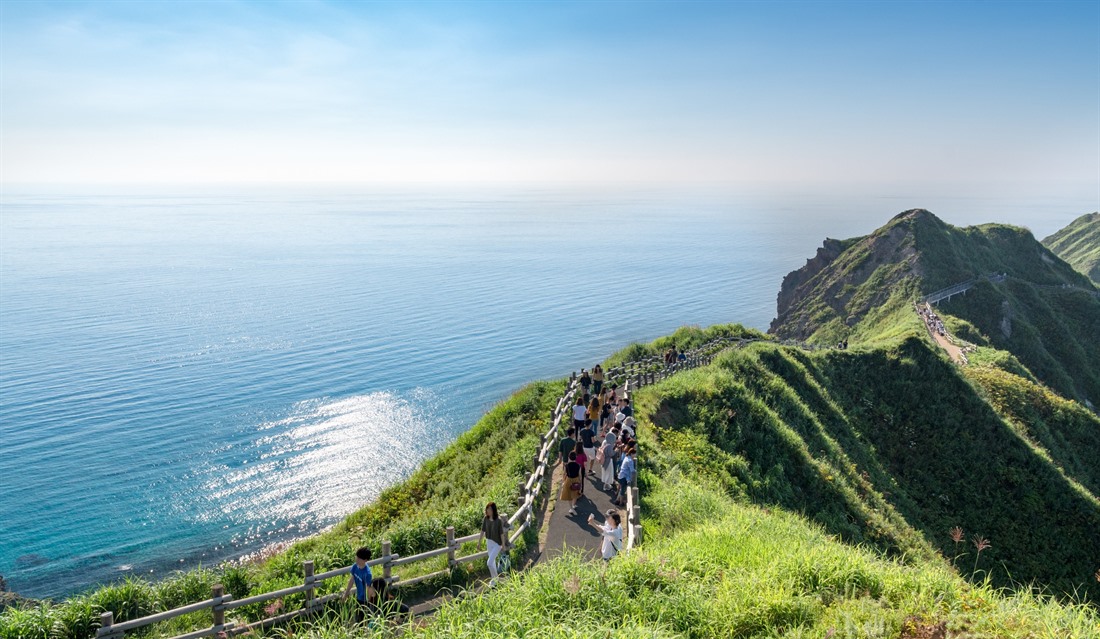 This could be Cornwall, but it's actually the Cape of Kamui in Hokkaido
This could be Cornwall, but it's actually the Cape of Kamui in Hokkaido
14. Pagoda of Seiganto-ji Temple
Standing gracefully against a backdrop of lush forest, the Pagoda of Seiganto-ji Temple in Nachi Katsuura, Wakayama Prefecture, is a striking symbol of Japan’s deep spiritual heritage.
This site forms part of the sacred Kumano Kodo pilgrimage routes — ancient mountain paths that have been a focus of mountain worship for over 1,000 years. The Kumano Kodo is one of only two pilgrimage routes worldwide designated a UNESCO World Heritage Site, alongside Spain’s Camino de Santiago. Pilgrims walking both can collect official stamps and earn a unique dual pilgrim certificate, linking two of the world’s most historic spiritual journeys.
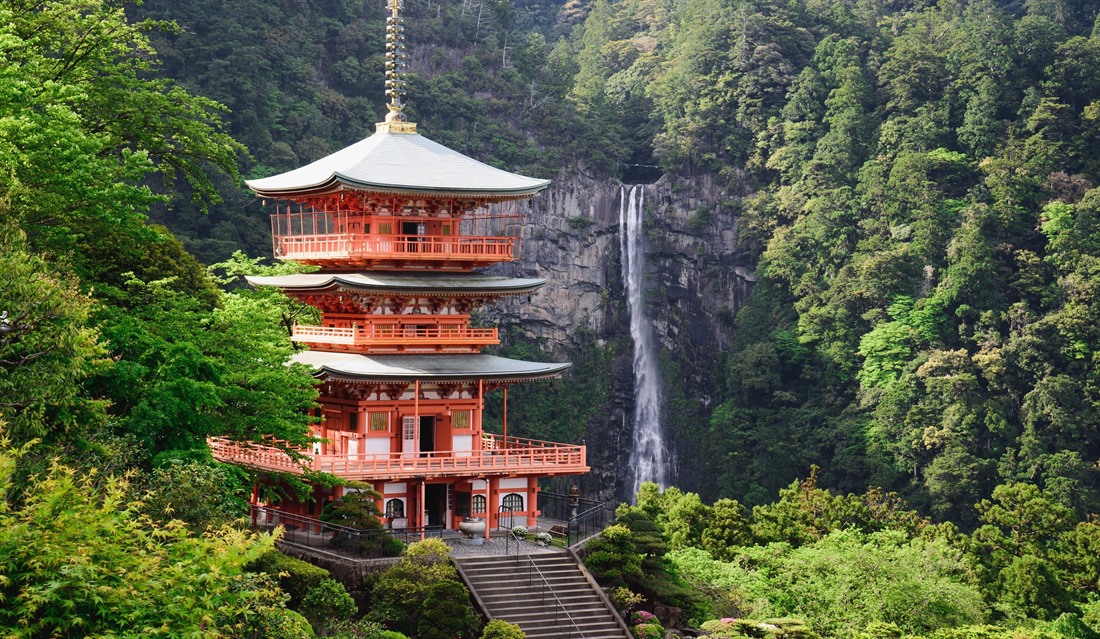 Pagoda of Seiganto-ji Temple at Nachi Katsuura, Wakayama
Pagoda of Seiganto-ji Temple at Nachi Katsuura, Wakayama
15. Winding Road of Nikko
A winding road descends through the hills near Nikko in Tochigi Prefecture, where every autumn the landscape bursts into a fiery display of reds and golds.
This is the heart of momijigari, a centuries-old Japanese tradition of “autumn leaf hunting,” where locals and visitors alike journey to mountains, parks, and temples to admire the vibrant maple leaves. But momijigari is more than just sightseeing — it’s a mindful celebration of nature’s fleeting beauty, inviting you to slow down and truly appreciate the changing season before winter arrives.
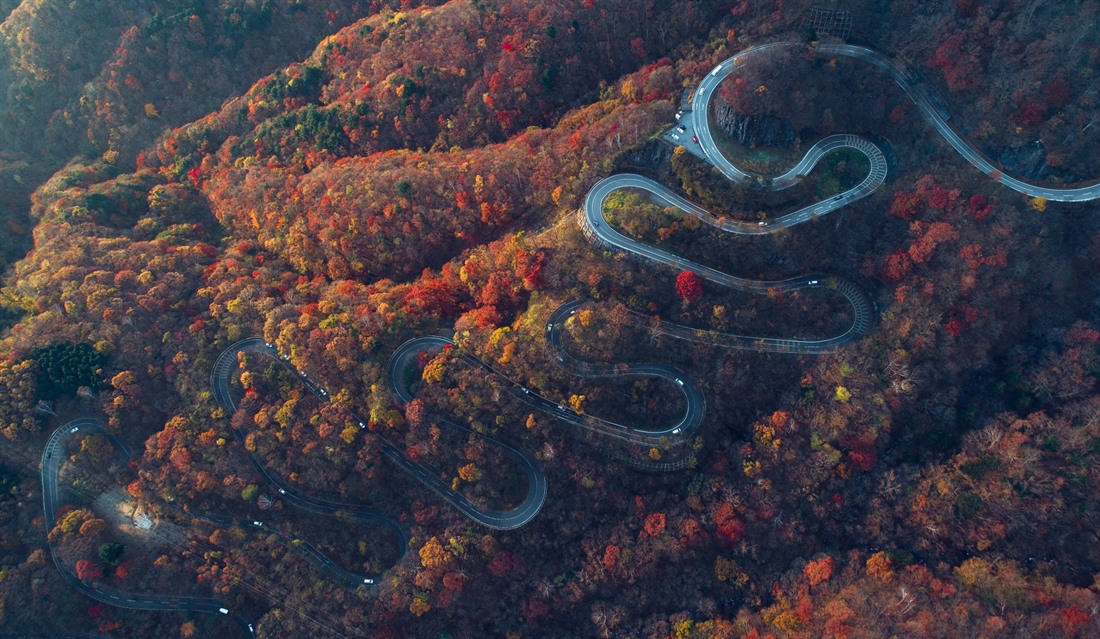 A road winds down a hill near Nikko in Tochigi prefecture
A road winds down a hill near Nikko in Tochigi prefecture
Click here to explore all our Japan holidays
Find more inspiration on our social media #MyRegentMoment
Are you inspired by these incredible images of Japan?
Whether you’re dreaming of wandering cherry blossom-lined streets, exploring ancient temples, or soaking in tranquil hot springs beneath snow-capped mountains, Regent’s Travel Specialists are here to help turn your vision into reality.
From carefully curated group tours to fully tailor-made journeys, we’ll craft the perfect trip to Japan that suits your interests and pace. Let us guide you to the best seasons, hidden gems, and unforgettable experiences, ensuring your adventure is seamless, immersive, and truly one of a kind.
Start planning your unforgettable Japanese escape with us today.


